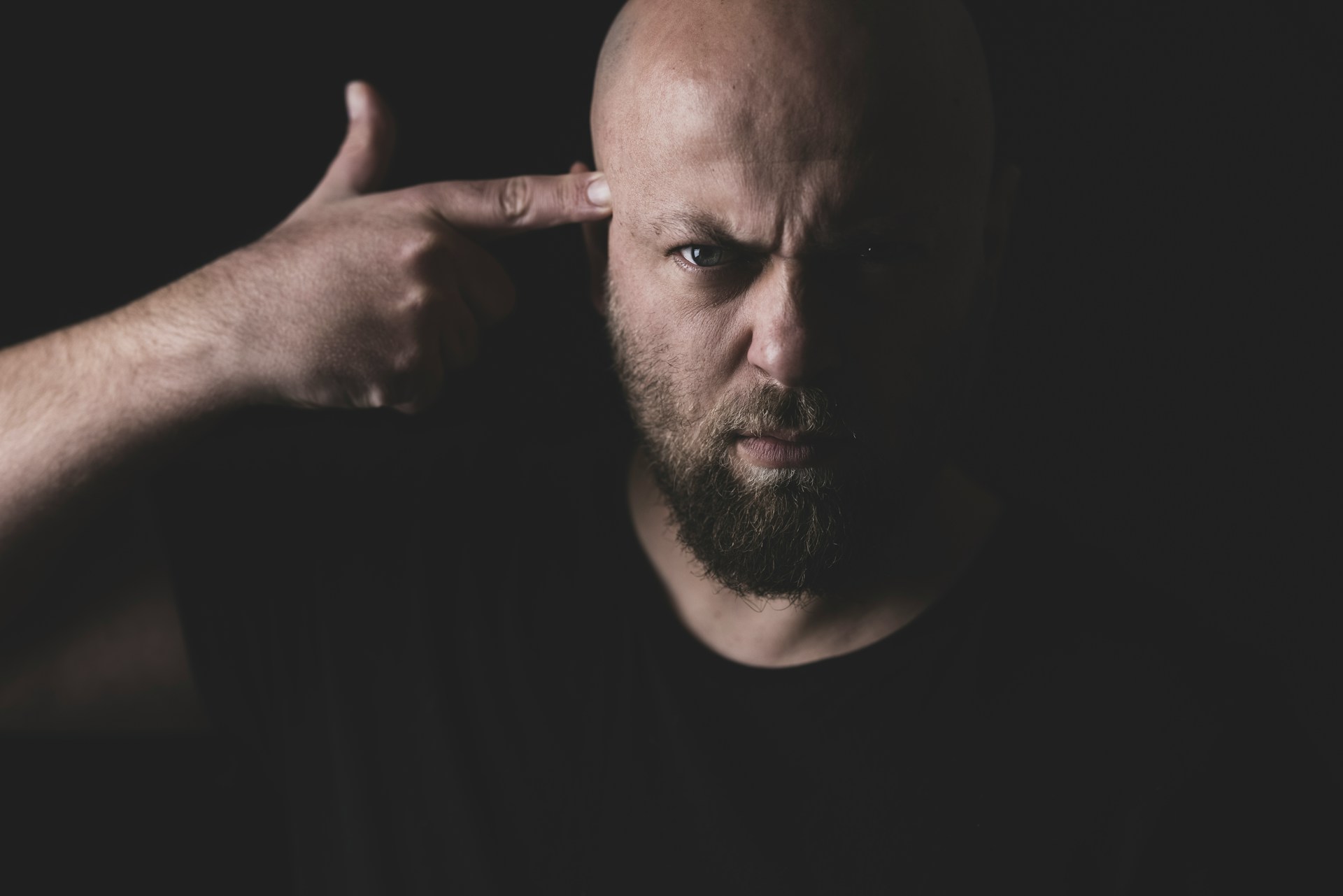Subscribe

Dear Healthy Men: I just found out that September is both Suicide Awareness and Prostate Cancer Awareness Month. What do we need to know about those two issues?
A: Prostate cancer and suicide are among the top ten causes of death for males—but not for females. Let’s take a closer look at both:
Only biological males have a prostate, and one in eight men will get prostate cancer, the second deadliest cancer (after lung cancer) in men, according to Zero Prostate Cancer (zerocancer.org). Every year, about 230,000 American men are diagnosed with the disease and more than 33,000 will die, according to the National Cancer Institute. That said, the risks vary greatly depending on a number of factors. Being aware of those risks, early diagnosis, and appropriate treatment can greatly increase one’s chances of survival.
Caught early, prostate cancer can be treated, usually successfully. But since in the early stages, there are frequently no symptoms, it’s critical to have a strong relationship with a healthcare provider and to get screened regularly—especially if you’re in a high-risk group. The two most common screens for prostate cancer are:
In the US, there are over 48,000 suicides every year—80% of which are committed by males.
We hear a lot about gun violence in this country, but most people don’t realize that 54% of firearm-related deaths in the US are suicides, according to USA Facts (usafacts.org) and there are twice as many deaths by suicide as murders, according to the National Institute of Mental Health (nimh.nih.gov). Overall, males are nearly four times more likely than females to commit suicide, according to the CDC. That disparity is generally consistent across races, but the suicide rate is highest among middle-aged white men, and white males accounted for 68.46% of suicides in 2022. The suicide rate also varies by age group. Among 10-14-year-olds, male suicide victims outnumber females 1.8 to 1. Among 24-54-year-olds, males outnumber females 3.9 to 1. And among those over 75, the male-to-female inequity rises to over 10 to 1.
Most male suicides occur in boys and men who have not been diagnosed as depressed or don’t have a history of mental health issues. This is largely because males access health care far less frequently (about half as often) than females; there are no clear guidelines on when and how to screen men and boys; and healthcare providers don’t properly or regularly screen them for emotional wellness. For females, however, mental-health screenings are considered so important that they are specifically covered—at no cost—in well-woman visits (which are mandated under ObamaCare and most insurance plans) and post-partum care. No such well-man visits or mental-health screenings exist or are routinely covered for males.
Photo by engin akyurt on Unsplash
Do you or one of your family members get medications through Medicare? If so, it’s imperative to learn about the secret benefit every Federal...
Healthy Men Inc. (HMI) applauds the federal government’s decision to address American patients’ very real concerns about drug prices in the US....
Dear Mr. Dad: A few months ago, you recommended that expectant and new dads consider getting a flu vaccine. Well, with a toddler and a pregnant wife...